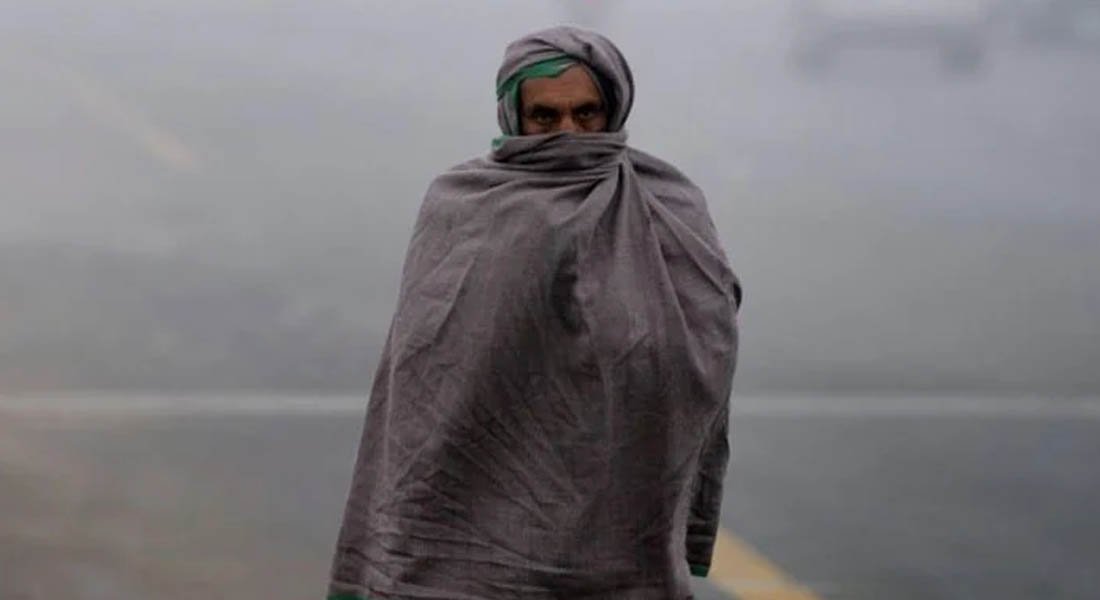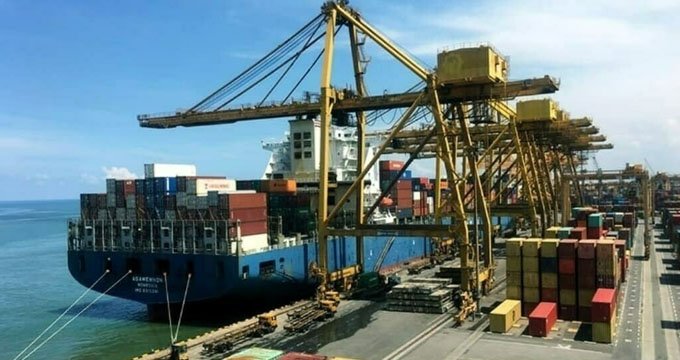The Meteorological Department has predicted a new spell of monsoon rains, with intensified monsoon winds expected in the Arabian Sea from July 18 to 19. The department has issued a weather forecast stating that monsoon winds will enter the country from the Arabian Sea tomorrow and further intensify on July 19.
During this period, there is a possibility of rain in various regions, including Rawalpindi, Islamabad, Hazara Division, and the likelihood of inundation in sloping areas of Islamabad, Rawalpindi, Peshawar, Gujranwala, and Lahore.
The forecast indicates rain accompanied by strong winds in regions such as Kashmir, Gilgit, Murree Gulyat, Islamabad, Jhelum, Attock, Chakwal, Mandi Bahauddin, and Musladhar. Additionally, cities including Sialkot, Narowal, Lahore, Gujranwala, Kasur, Swat, Peshawar, Abbottabad, are expected to experience rainfall.
From July 20 to 22, rain is expected in Shaheed Benazirabad, Hyderabad, Sanghar, Badin, Thatta, and Karachi, with the possibility of thunderstorms in Tharparkar, Umarkot, Mirpur Khas, Sukkur, Larkana, and Jacobabad.
The Meteorological Department has issued a warning of potential landslides in hilly areas, including Murree, Guliyat, Kashmir, Gilgit Baltistan, and Khyber Pakhtunkhwa. Farmers have been advised to adjust their routines in light of the changing weather patterns.
The department has also urged caution for tourists during the rainy period to avoid any unfavorable conditions.
In anticipation of the upcoming monsoon spell in Khyber Pakhtunkhwa from July 19, the Director-General of Provincial Disaster Management Authority (PDMA) has instructed the district administration to take preemptive measures. The DGPDMA’s letter emphasized the likelihood of intermittent rains until July 23 and the risk of landslides in upper districts. District administrations have been advised to ensure the availability of heavy machinery for prompt response.
To ensure safety, individuals are advised to stay away from wires, vulnerable structures, signboards, and billboards during storms. Furthermore, advisories should be communicated to tourists and local populations in sensitive upland areas.







